Forgotten bagpipes
"Forgotten Bagpipes - The Redesign of the Säkkipilli in Finland" aims at rebuilding the musical instrument and reviving the Finnish Piping tradition
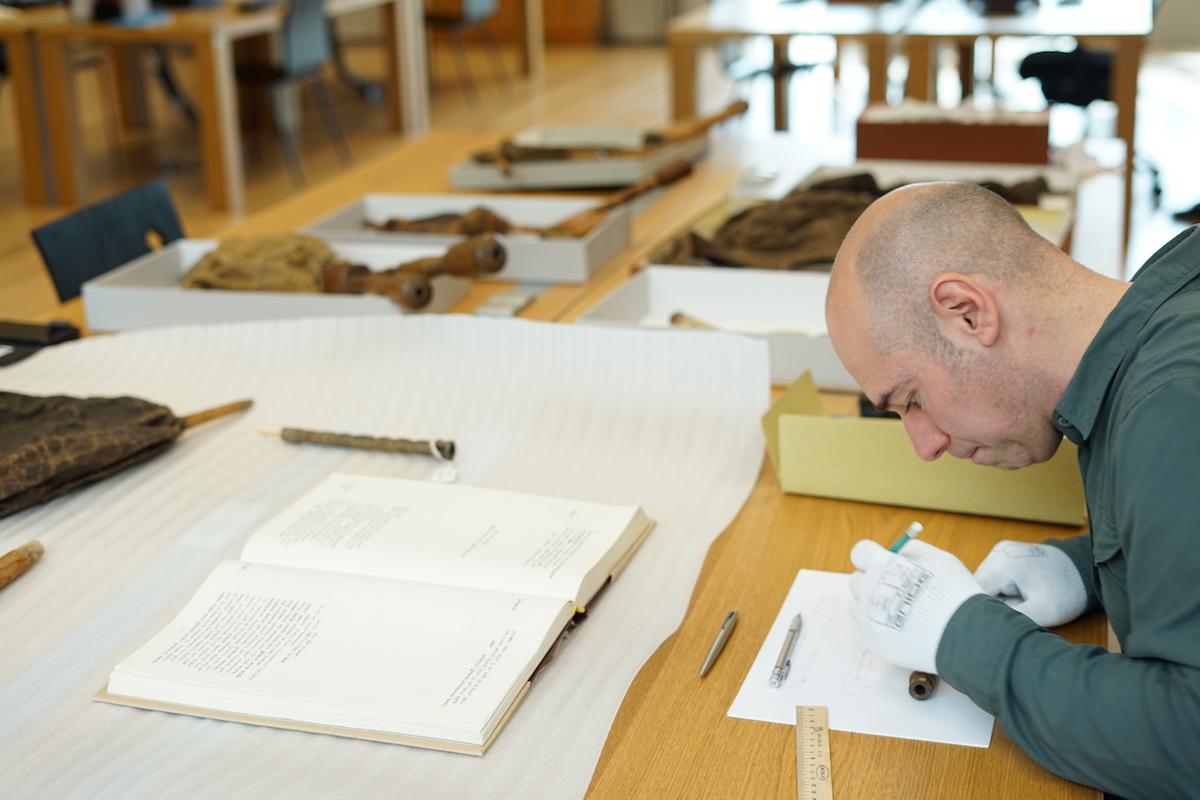
Introduction
Creating a new Finnish bagpipe by bringing back the extinct Säkkipilli, making “something” where before was “nothing”, may seem like a foolish pursuit.
However, if Sweden, Estonia, Latvia and Lithuania still have bagpipes, what happened to the Finnish Säkkipilli?
Where is the Bagpipe? How did it look and sound? Why was it Forgotten? How can the 21st-century musician play the bagpipes again in Finland, if there is no instrument readily available?
Did you know the Turku Museum holds a piece of a bagpipe dated 1400?
The regions bathed by the Baltic Sea are full of undiscovered Treasures, and it sometimes takes a fresh perspective, to be able to make sense of a complex set of evidence that is just before our eyes!
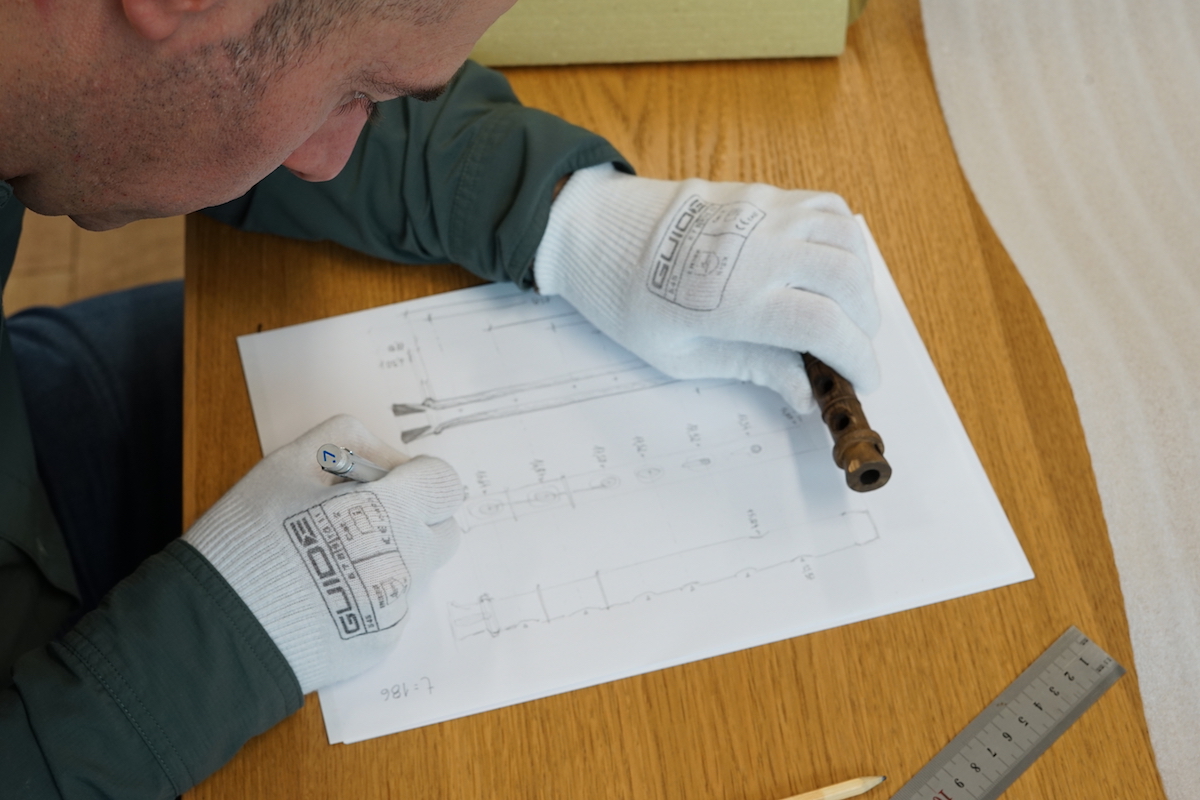
About me
Although trained in the visual arts, with a Bachelor and Master degree in Architecture (design), I am also a Musician, Educator, Researcher & Maker of Bagpipes.
Both of these artistic and scientific paths (design and music) have now merged into one academic position – Researcher and associate at the folk music department, Mutri Doctoral School.
I have already been involved in the revival process of local bagpipes in Portugal, maintaining a professional bagpipe making workshop that I have now entirely moved to Helsinki.
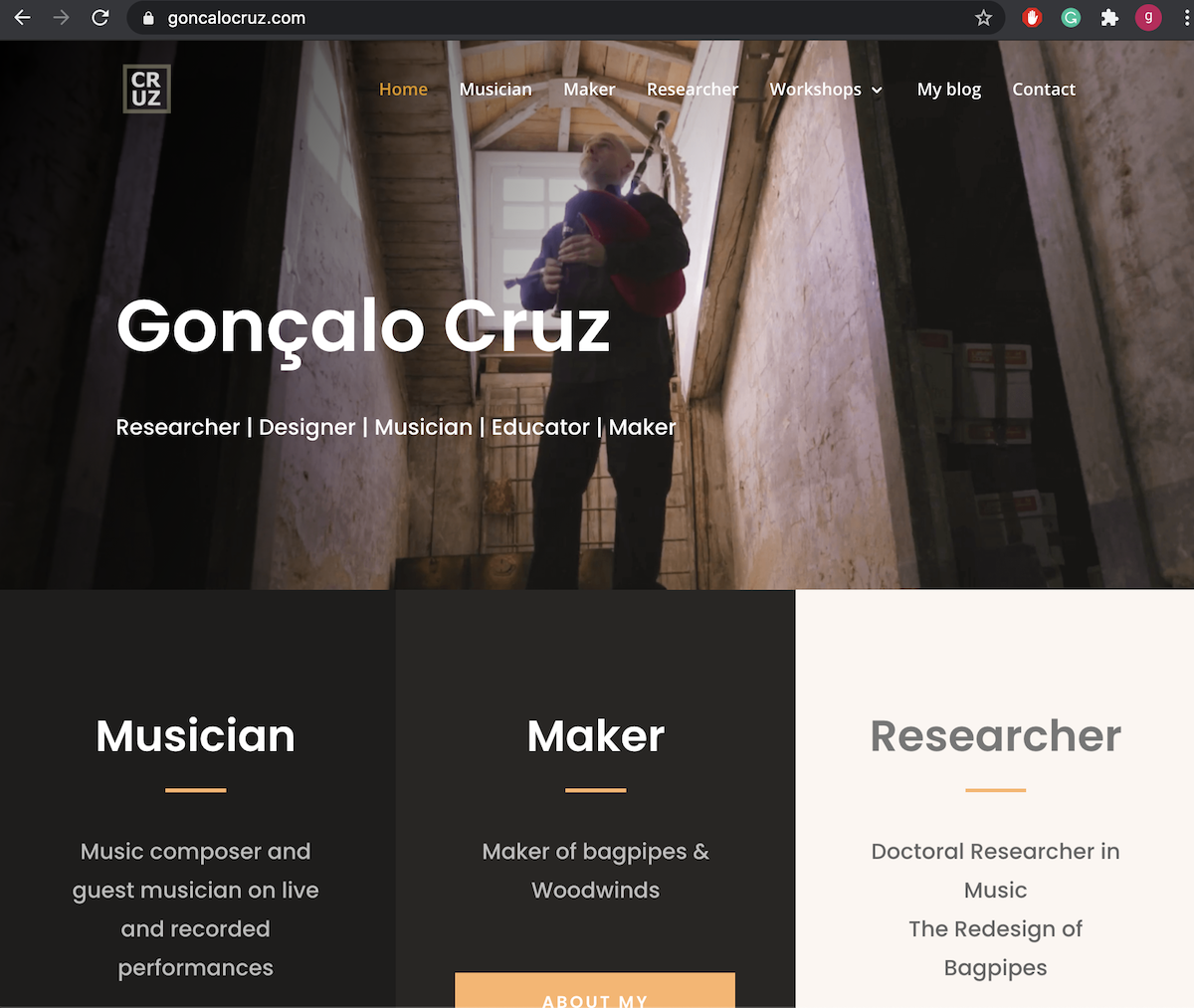
Nowadays, I am at the service of the Finnish society and Academia, studying one of the most current and exciting subjects on the European culture of bagpipes – The Baltic sea region and its “Finnish Enigma” of the extinct Säkkipilli.
Bagpipes in Finland?! Really?
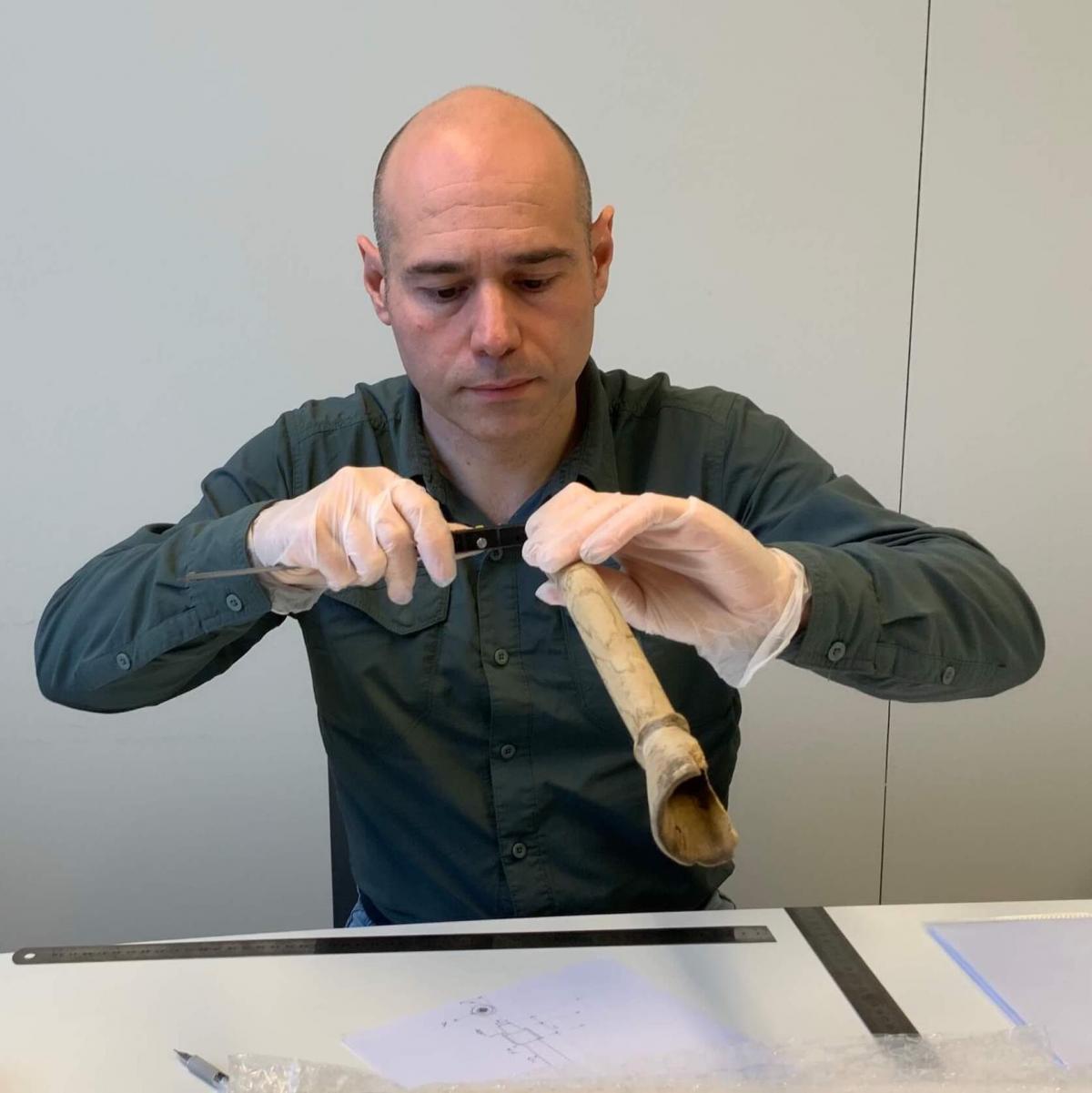
Finland has undocumented medieval evidence of bagpipes, that are only now being researched and shared with the world. Besides the iconography of pipers in paintings and sculptures, Finland even has (Turku museum) a preserved wooden piece of a medieval bagpipe. It was unearthed in Turku during excavation and was dated by the archaeologists as circa 1400. Because bagpipes are made out of wood, that naturally decays and turns to dust, I cannot stress how extremely rare such an object is, for the world history of bagpipes.
SibA Research Context
The Sibelius Academy has one of the most reputed Folk music and Global music programs in the world (Bachelor, Masters and Doctoral degrees) with young international students applying every year, looking for a taste of Nordic music. Finland has a vibrant folk music scene, with some of the oldest folk music festivals in the world, and century-old living music practices that are continuingly researched, perfected and matured, both artistically and scientifically at the highest university level.
In Finland, the interest in bagpipes has grown tremendously over the last 10 years, with Petri Prauda (Sibelius Academy lecturer) being the most internationally prominent Finnish performer of the instrument. However, he and his students lack the appropriate bagpipes to express themselves and are forced to use foreign types of bagpipes.
The Finnish culture, the academic institutions, the students and the performers were therefore ready to embark in this wonderful journey of re-discovering the history of bagpipe in the Finnish region.
My Doctoral Research
My research focus is on rebuilding the forgotten bagpipe and on reviving the Finnish piping tradition.
My research questions the prevailing idea that there is no bagpipe tradition in Finland. After personally inspecting the rare Archaeological find in Turku – a bagpipe piece from the 1400s – and from observing the positive signs of performers in the folk music scene, I believe there is a Forgotten tradition, and a desire to play bagpipes in Finland. People just need a working instrument!
Our Woodwind Research Lab.
To conduct this research, I have moved from Portugal to Finland with all my bagpipe making tools and machines. The contents of my workshop are semi-industrial scale equipment such as woodturning and drilling systems, as well as a huge assortment of accessories and manual tools, furniture, etc. The bigger machines average 150kg in weight and the combined contents of my workshop were calculated to be over 2000kg upon arrival to Finland.
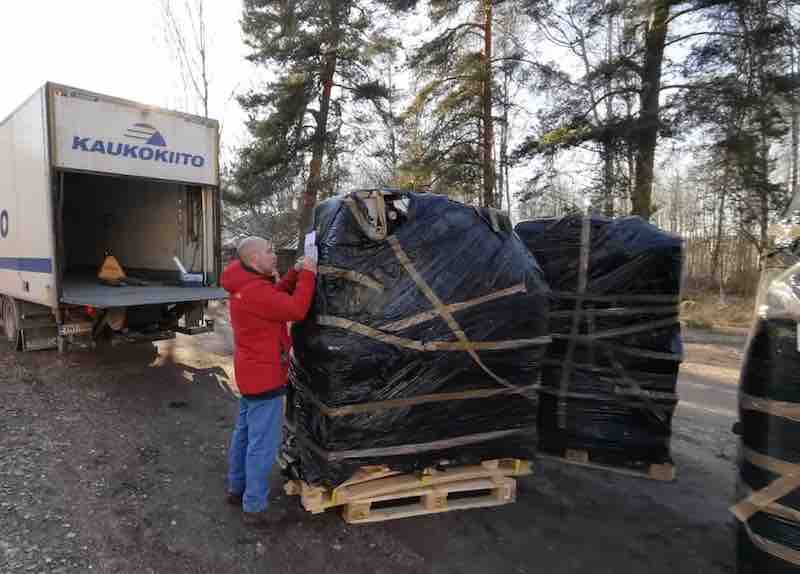
To safely operate these types of equipment and successfully build bagpipes, the machines and accessories had to be precisely set, interconnected and organized in a workshop space. Although welcoming my research, our university does not usually host such a space-demanding “research laboratory”. To fulfil this requirement, the Kone Foundation has covered the renting expenses of our workshop space, which serves as the headquarters for my research. The result is the “Woodwind Research Lab.” – a high-end fully equipped woodwind/bagpipe making laboratory, where all our musical instruments are produced and tested.
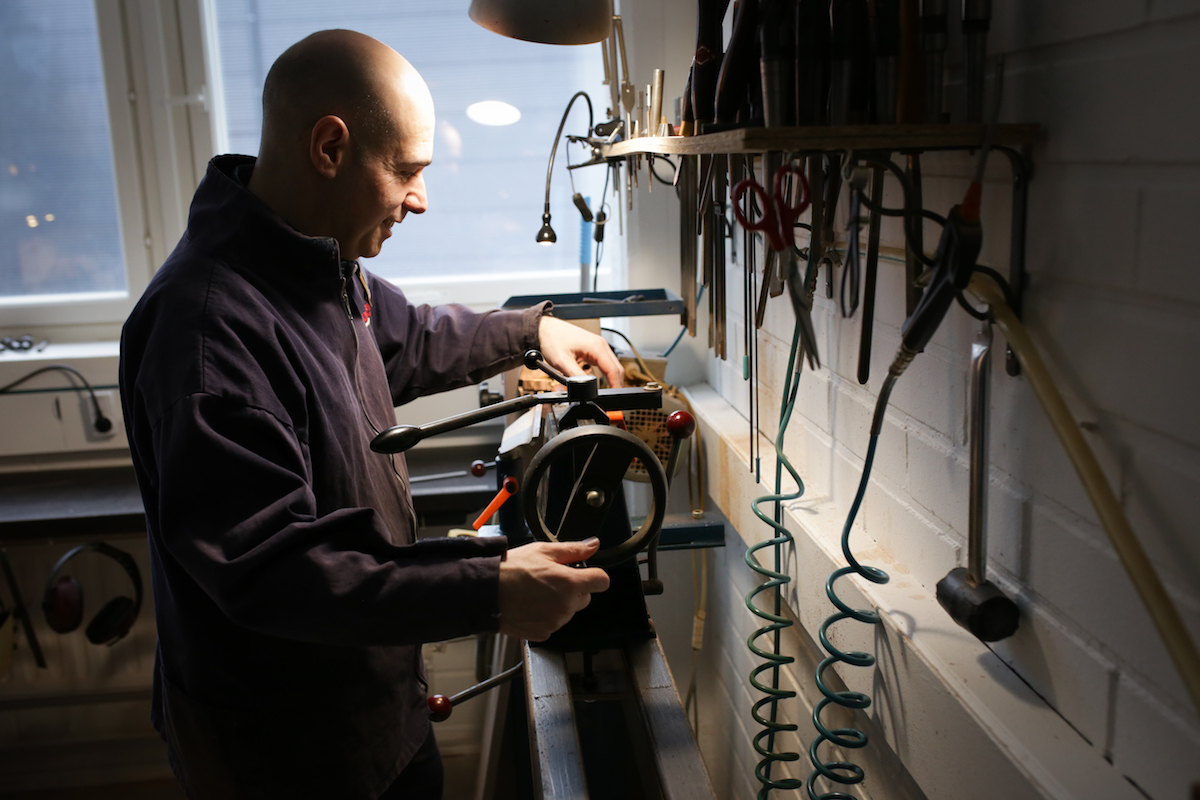
Open citizen’s survey
My research has two main sides:
- The Doctoral Work; conducted inside the Sibelius Academy, with artistic & scientific goals
- The Work in the community; to make Finnish people active participants in the evolution of the Säkkipilli
Sadly, important research stays many times closed inside the universities. That is why, for my research, I have created a “public face” called “The Finnd’it initiative” – An open online platform where all citizens may help and be part of.
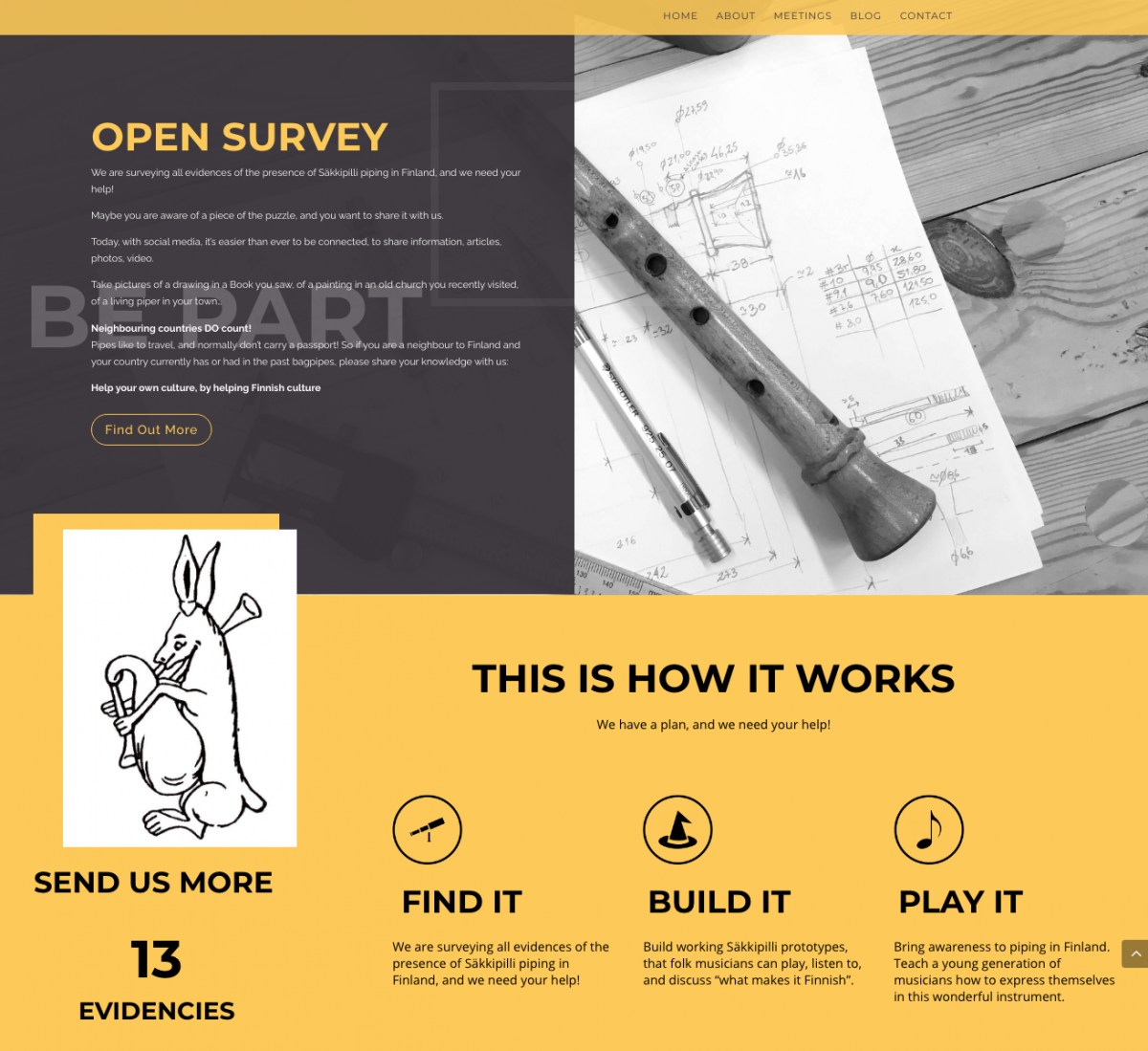
This initiative is collecting all evidence of the presence of the Säkkipilli and bringing international awareness to piping in Finland. This platform divulges my research data, engages the Finnish people, and promotes 3 main pillars:
“FIND IT: We will survey all evidence of the presence of Säkkipilli piping in Finland”;
BUILD IT: Build working bagpipe prototypes that folk musicians can play, listen to, and discuss “what makes it Finnish”;
“PLAY IT: Bring awareness to piping in Finland & teach a young generation of musicians how to express themselves in this wonderful instrument.”
The “Finn’d it initiative” counts with the collaboration of other SibA Bachelor and Master degree level students, lecturers and Alumni. It is non-profit and our activities are self-funding. Our platform is growing and gathering the support of other pipers and researchers from across the Baltic sea.
Media attention
In order to further promote my doctoral project, the UNIARTS’ Research Office is in contact with national media outlets to spread the news of my research. I also create my own digital content based on my research and share it online to national and international audiences, through my websites and YouTube channel.

Research outputs
The core research output will be a final version of the Säkkipilli, 100% handmade by myself, and its presentation in public music recitals, played by both me and some of the most accomplished Finnish Musicians.
Because the Finnish bagpipe has gotten extinct, it is essential to rescue the ancestral bagpipe, before redesigning it to suit the needs of the professional Musicians of today.
This first baseline prototype will be a historical bagpipe, more suited for musicians interested in historical music practices. This milestone is extremely important. It will be the reference that will allow further Improvements aimed at modernizing the instrument.
During the following years, my research will design and produce the final 21th-century version of the bagpipe. This modern prototype will be the standard for high-quality instruments for professional musicians, as well as a reference for the production of an “affordable easy to use version” for young pipe students.
Implications & further study
My research on the illusive Säkkipilli opens the scientific and artistic fields to enormous future contributions. The Kantele and Jouhikko reconstruction in the last decades are amazing success stories that demonstrate the enormous potential of my (similar) research on the Säkkipilli.
Side by side with the already recovered Kantele and Jouhikko, my research will present to the world in 2024, the third reborn ancestral Finnish folk music instrument – The Säkkipilli.
Grants & Awards
Thus far this research has been supported by:
- The Sibelius Academy Foundation
- TTOR – The executive group for doctoral education and research UNIARTS
- Taike – The Arts Promotion Center Finland
- The Kone Foundation
Contact information
Gonçalo Cruz – Researcher’s Personal webpageProject name
Forgotten Bagpipes - The Redesign of the Säkkipilli in Finland
Lead organisation
Mutri Doctoral School of Music Education, Jazz and Folk Music
Introduction
Creating a new Finnish bagpipe by bringing back the extinct Säkkipilli, making “something” where before was “nothing”, may seem like a foolish pursuit.
However, if Sweden, Estonia, Latvia and Lithuania still have bagpipes, what happened to the Finnish Säkkipilli?
Where is the Bagpipe? How did it look and sound? Why was it Forgotten? How can the 21st-century musician play the bagpipes again in Finland, if there is no instrument readily available?
Did you know the Turku Museum holds a piece of a bagpipe dated 1400?
The regions bathed by the Baltic Sea are full of undiscovered Treasures, and it sometimes takes a fresh perspective, to be able to make sense of a complex set of evidence that is just before our eyes!

About me
Although trained in the visual arts, with a Bachelor and Master degree in Architecture (design), I am also a Musician, Educator, Researcher & Maker of Bagpipes.
Both of these artistic and scientific paths (design and music) have now merged into one academic position – Researcher and associate at the folk music department, Mutri Doctoral School.
I have already been involved in the revival process of local bagpipes in Portugal, maintaining a professional bagpipe making workshop that I have now entirely moved to Helsinki.

Nowadays, I am at the service of the Finnish society and Academia, studying one of the most current and exciting subjects on the European culture of bagpipes – The Baltic sea region and its “Finnish Enigma” of the extinct Säkkipilli.
Bagpipes in Finland?! Really?

Finland has undocumented medieval evidence of bagpipes, that are only now being researched and shared with the world. Besides the iconography of pipers in paintings and sculptures, Finland even has (Turku museum) a preserved wooden piece of a medieval bagpipe. It was unearthed in Turku during excavation and was dated by the archaeologists as circa 1400. Because bagpipes are made out of wood, that naturally decays and turns to dust, I cannot stress how extremely rare such an object is, for the world history of bagpipes.
SibA Research Context
The Sibelius Academy has one of the most reputed Folk music and Global music programs in the world (Bachelor, Masters and Doctoral degrees) with young international students applying every year, looking for a taste of Nordic music. Finland has a vibrant folk music scene, with some of the oldest folk music festivals in the world, and century-old living music practices that are continuingly researched, perfected and matured, both artistically and scientifically at the highest university level.
In Finland, the interest in bagpipes has grown tremendously over the last 10 years, with Petri Prauda (Sibelius Academy lecturer) being the most internationally prominent Finnish performer of the instrument. However, he and his students lack the appropriate bagpipes to express themselves and are forced to use foreign types of bagpipes.
The Finnish culture, the academic institutions, the students and the performers were therefore ready to embark in this wonderful journey of re-discovering the history of bagpipe in the Finnish region.
My Doctoral Research
My research focus is on rebuilding the forgotten bagpipe and on reviving the Finnish piping tradition.
My research questions the prevailing idea that there is no bagpipe tradition in Finland. After personally inspecting the rare Archaeological find in Turku – a bagpipe piece from the 1400s – and from observing the positive signs of performers in the folk music scene, I believe there is a Forgotten tradition, and a desire to play bagpipes in Finland. People just need a working instrument!
Our Woodwind Research Lab.
To conduct this research, I have moved from Portugal to Finland with all my bagpipe making tools and machines. The contents of my workshop are semi-industrial scale equipment such as woodturning and drilling systems, as well as a huge assortment of accessories and manual tools, furniture, etc. The bigger machines average 150kg in weight and the combined contents of my workshop were calculated to be over 2000kg upon arrival to Finland.

To safely operate these types of equipment and successfully build bagpipes, the machines and accessories had to be precisely set, interconnected and organized in a workshop space. Although welcoming my research, our university does not usually host such a space-demanding “research laboratory”. To fulfil this requirement, the Kone Foundation has covered the renting expenses of our workshop space, which serves as the headquarters for my research. The result is the “Woodwind Research Lab.” – a high-end fully equipped woodwind/bagpipe making laboratory, where all our musical instruments are produced and tested.

Open citizen’s survey
My research has two main sides:
- The Doctoral Work; conducted inside the Sibelius Academy, with artistic & scientific goals
- The Work in the community; to make Finnish people active participants in the evolution of the Säkkipilli
Sadly, important research stays many times closed inside the universities. That is why, for my research, I have created a “public face” called “The Finnd’it initiative” – An open online platform where all citizens may help and be part of.

This initiative is collecting all evidence of the presence of the Säkkipilli and bringing international awareness to piping in Finland. This platform divulges my research data, engages the Finnish people, and promotes 3 main pillars:
“FIND IT: We will survey all evidence of the presence of Säkkipilli piping in Finland”;
BUILD IT: Build working bagpipe prototypes that folk musicians can play, listen to, and discuss “what makes it Finnish”;
“PLAY IT: Bring awareness to piping in Finland & teach a young generation of musicians how to express themselves in this wonderful instrument.”
The “Finn’d it initiative” counts with the collaboration of other SibA Bachelor and Master degree level students, lecturers and Alumni. It is non-profit and our activities are self-funding. Our platform is growing and gathering the support of other pipers and researchers from across the Baltic sea.
Media attention
In order to further promote my doctoral project, the UNIARTS’ Research Office is in contact with national media outlets to spread the news of my research. I also create my own digital content based on my research and share it online to national and international audiences, through my websites and YouTube channel.

Research outputs
The core research output will be a final version of the Säkkipilli, 100% handmade by myself, and its presentation in public music recitals, played by both me and some of the most accomplished Finnish Musicians.
Because the Finnish bagpipe has gotten extinct, it is essential to rescue the ancestral bagpipe, before redesigning it to suit the needs of the professional Musicians of today.
This first baseline prototype will be a historical bagpipe, more suited for musicians interested in historical music practices. This milestone is extremely important. It will be the reference that will allow further Improvements aimed at modernizing the instrument.
During the following years, my research will design and produce the final 21th-century version of the bagpipe. This modern prototype will be the standard for high-quality instruments for professional musicians, as well as a reference for the production of an “affordable easy to use version” for young pipe students.
Implications & further study
My research on the illusive Säkkipilli opens the scientific and artistic fields to enormous future contributions. The Kantele and Jouhikko reconstruction in the last decades are amazing success stories that demonstrate the enormous potential of my (similar) research on the Säkkipilli.
Side by side with the already recovered Kantele and Jouhikko, my research will present to the world in 2024, the third reborn ancestral Finnish folk music instrument – The Säkkipilli.
Grants & Awards
Thus far this research has been supported by:
- The Sibelius Academy Foundation
- TTOR – The executive group for doctoral education and research UNIARTS
- Taike – The Arts Promotion Center Finland
- The Kone Foundation